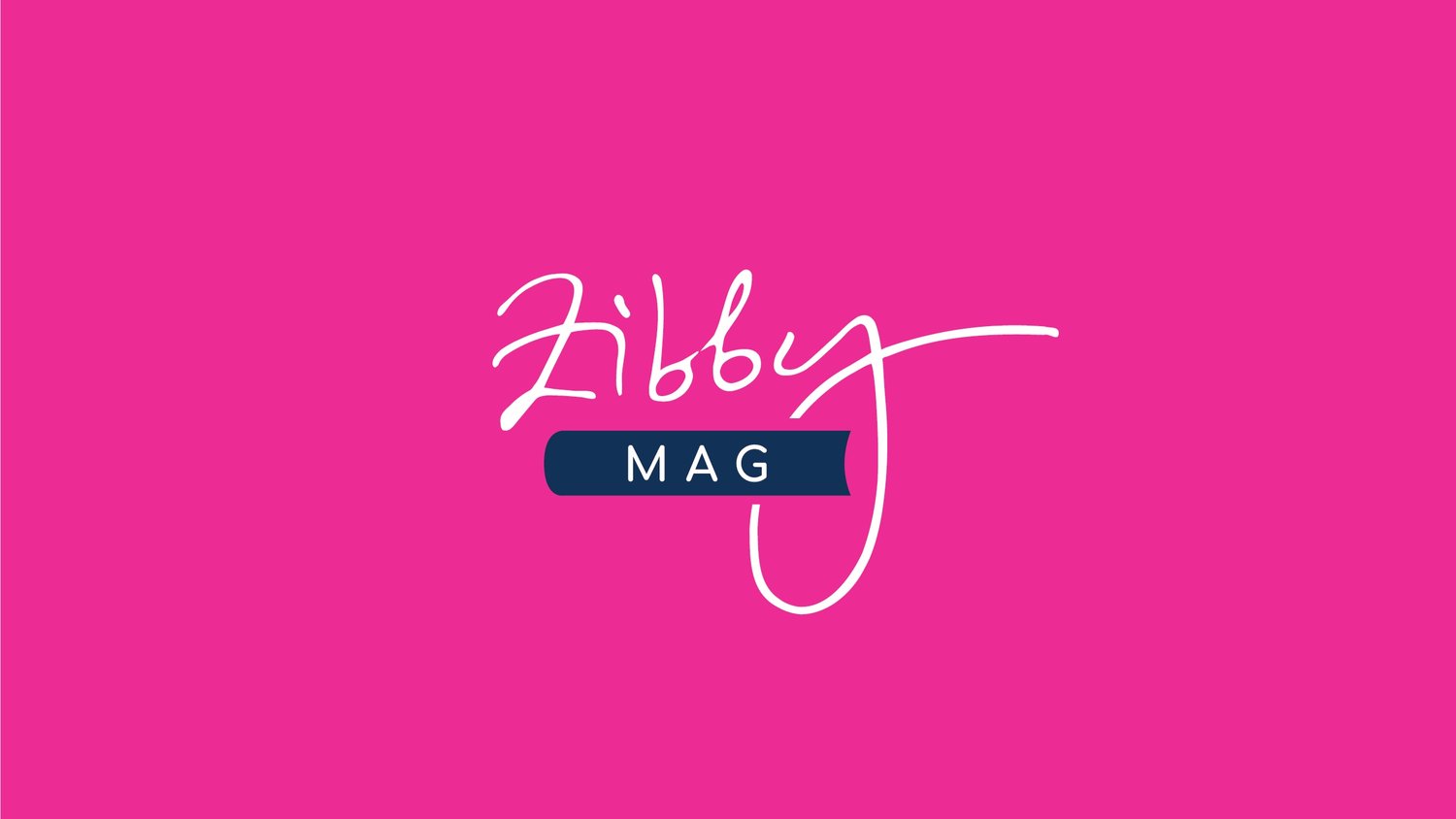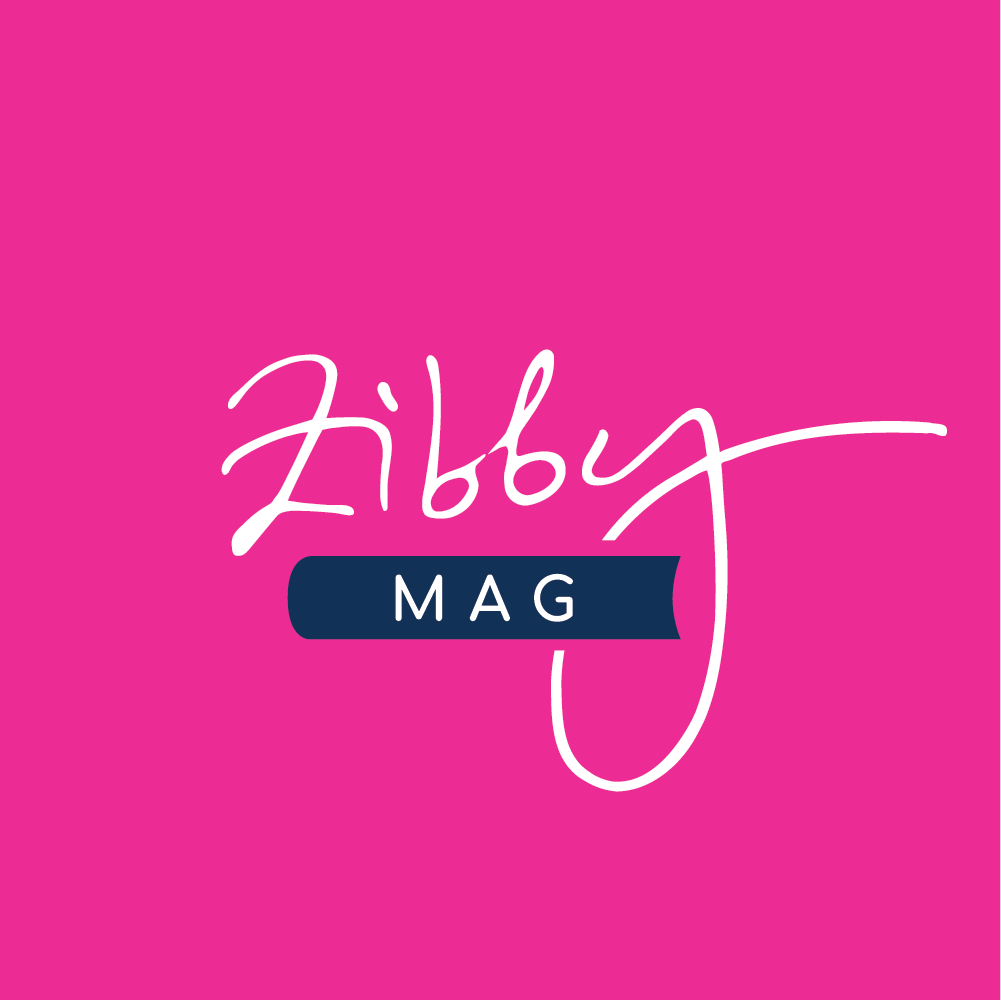Writing and Sewing Hanukkah Miracles
Since October 7th, I’ve had trouble concentrating on writing projects, so I turned to an unexpected new artform
By Lynda Cohen Loigman
Hanukkah commemorates a miracle—a single day’s worth of oil that lasted for eight. But as every Jewish child knows, Hanukkah is also an exercise in patience. There is no one special morning for the opening of presents, no single holiday feast for the gobbling of sweets. Hanukkah is an extended, wait-for-it festival that rewards perseverance and faith in the future.
You got socks on the first night? Don’t give up, kid! You never know what night six or night seven might bring…
Hanukkah happens to be a holiday uniquely suited for writers, who are achingly familiar with the virtue of patience. Ask any writer out on submission, and she will know all too well how to wait. Writers are no strangers to miracles either. When I published my first novel at the age of 48, what else was I to call my good fortune? In fact, I would argue that the simple act of writing is a series of consecutive miracles: when we find the perfect word, when we capture a feeling, when we look back in wonder on three hundred typed pages and the magnitude of that accomplishment sweeps over us like a wave.
Despite the writerly connection I feel with this holiday, when the request for a Hanukkah essay arrived from my publicist, I shut my computer and lowered my head into my hands. I hadn’t written a word for six weeks and I wasn’t sure I was capable of stringing more than a few sentences together.
My ability to write, and the joy of putting my thoughts and feelings down on paper, left me on the morning of October 7th. In the following weeks, I was unable to focus. Unable to access the creative space where my capacity for writing stories resides. During the Covid lockdown, writing was my escape, the haven that distracted me from fear and worry. This fall, however, words offered no refuge. For me, writing a novel requires optimism, and I had lost mine—at least temporarily. Week after week, I tried to be patient, but neither my words nor my optimism returned.
And yet, there was still something in me that wanted to create; some part of my imagination longed for an artistic outlet, even if it wasn’t writing.
If you know any novelists, this isn’t surprising. Most of my author friends have more than one creative talent. Several of them used to be actors. One is a knitter, and another is a self-taught graphic designer. One is an accomplished opera singer. As a woman in possession of none of these gifts, I had to search elsewhere for inspiration.
My ability to write, and the joy of putting my thoughts and feelings down on paper, left me on the morning of October 7th. In the following weeks, I was unable to focus. Unable to access the creative space where my capacity for writing stories resides.
In mid-October I met a friend on the lower east side of Manhattan to visit a pop-up craft exhibit. Feltz Bagels was part store, part art installation—a make-believe deli and bagel shop from the British artist Lucy Sparrow where every item, from bagels to beer bottles, was lovingly hand-sewn and hand-painted. Felt jars of pickles, felt bags of candy, and felt boxes of matzo meal filled the shelves. The exhibit was an explosion of colors and textures, a charming and whimsical display. I didn’t know where to look first. I thought it might be a perfect place to buy Hanukkah presents. But faced with so many choices, I was too overwhelmed to make a dent in my shopping list.
I left the store empty-handed, but my heart was full on the train ride home. For the first time in weeks, I felt energized and hopeful. I stared at the photographs of the exhibit I had taken on my phone and wondered whether I might be able to replicate the items.
When I told my husband that I was starting a new project, he assumed it was another novel. He’d been worried about me lately—I was weepy and skittish. I wasn’t writing. I wasn’t myself. He wanted to know what my new book was about, but when he saw the pile of felt and embroidery thread that covered most of our kitchen table, he understood that my “project” was something else entirely.
My first bagel was poppy, his favorite. I used a water pitcher to trace a circle on tan-colored felt and cut a hole in the middle with child-sized scissors. Round black beads became poppy seeds, which took forever to sew on properly. The addition of cream cheese threw a wrench in my plans, and it took several attempts to make it look right. As a finishing touch, I added googly eyes and embroidered what I hoped was a winsome smile.
When I finished, I laughed out loud. Everything about my “bagel” made me happy. The work kept my hands busy so I couldn’t doomscroll on my phone. It kept my mind calm and lifted my spirit. I had crafted an unambiguously Jewish object, and the thought of that brought me tremendous joy.
My second bagel was sesame. The third, cinnamon raisin, with the perfect shade of purple thread used for the raisins. Soon, I expanded my repertoire to include everything, pumpernickel, and salt. Because each bagel takes about three hours to make, I was forced to re-learn the patience I once had for my writing.
I won’t lie—the sewing of bagels doesn’t come close to the satisfaction I get from drafting a novel. It can’t fill the hole in my creative life. And yet, I am immensely grateful for the comfort it provides me.
I’m also grateful for the joy these small objects have brought to family and friends. Unlike my books, I’ve been able to tailor each one to the specific recipient. For my son’s bagel, I added a pair of eyeglasses, and for my daughter’s, I embroidered the words “gluten-free.” When I gave them to my kids at Thanksgiving, they both had enormous smiles on their faces. My father-in-law passed away last year, and when I showed my mother-in-law what I’d been sewing, she asked me to make her late husband’s favorite. “He always liked cinnamon raisin bagels,” she told me. “So I’d love to have one of those for him.”
There is a famous quote about miracles from Albert Einstein. “There are only two ways to live your life,” he said. “One is as though nothing is a miracle. The other is as though everything is a miracle.”
The realist in me knows I didn’t learn about the Feltz Bagel art show by chance. I went because I saw an advertisement chosen by an algorithm on social media. But no formula could have predicted my delight or the inspiring effect the exhibit had on me. Should I think of that as a lucky coincidence, or should I think of it as something more? Is the way back to my optimism and, by extension, my writing, to change the way I’ve been viewing the world? Instead of lamenting the gravest tragedies, perhaps, as Hanukkah approaches, I need to hold fast to the smallest marvels. Perhaps I need to have more patience with myself.
Most writers go through dry spells or extended breaks when the words that they search for will not come. During such times, a viable idea might feel almost like a faraway dream. One complete sentence might feel astonishing. A paragraph of sentences? Extraordinary. And an essay you never thought you’d finish might feel like a Hanukkah miracle.
Lynda Cohen Loigman is the bestselling author of Two-Family House, The Wartime Sisters, and The Matchmaker’s Gift. Her fourth novel, The Love Elixir of Augusta Stern, will be published by St. Martin’s Press Fall 2024. Learn more: lyndacohenloigman.com


